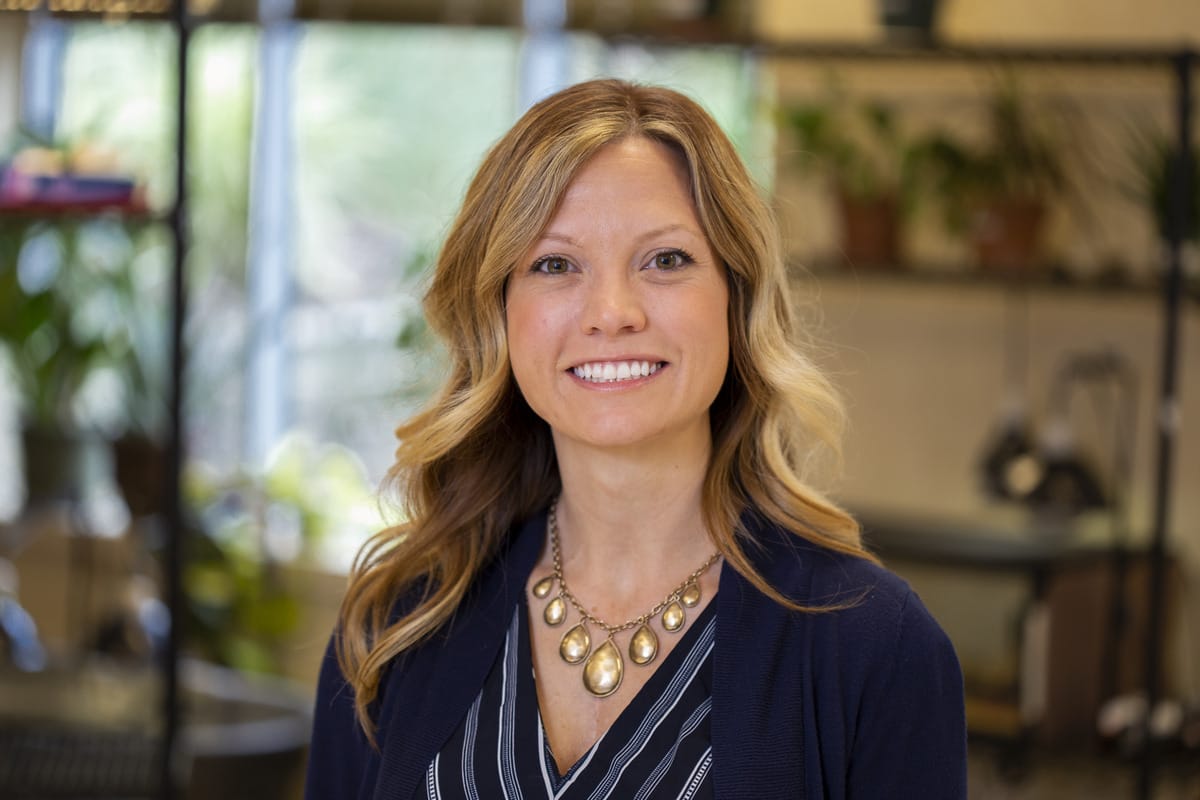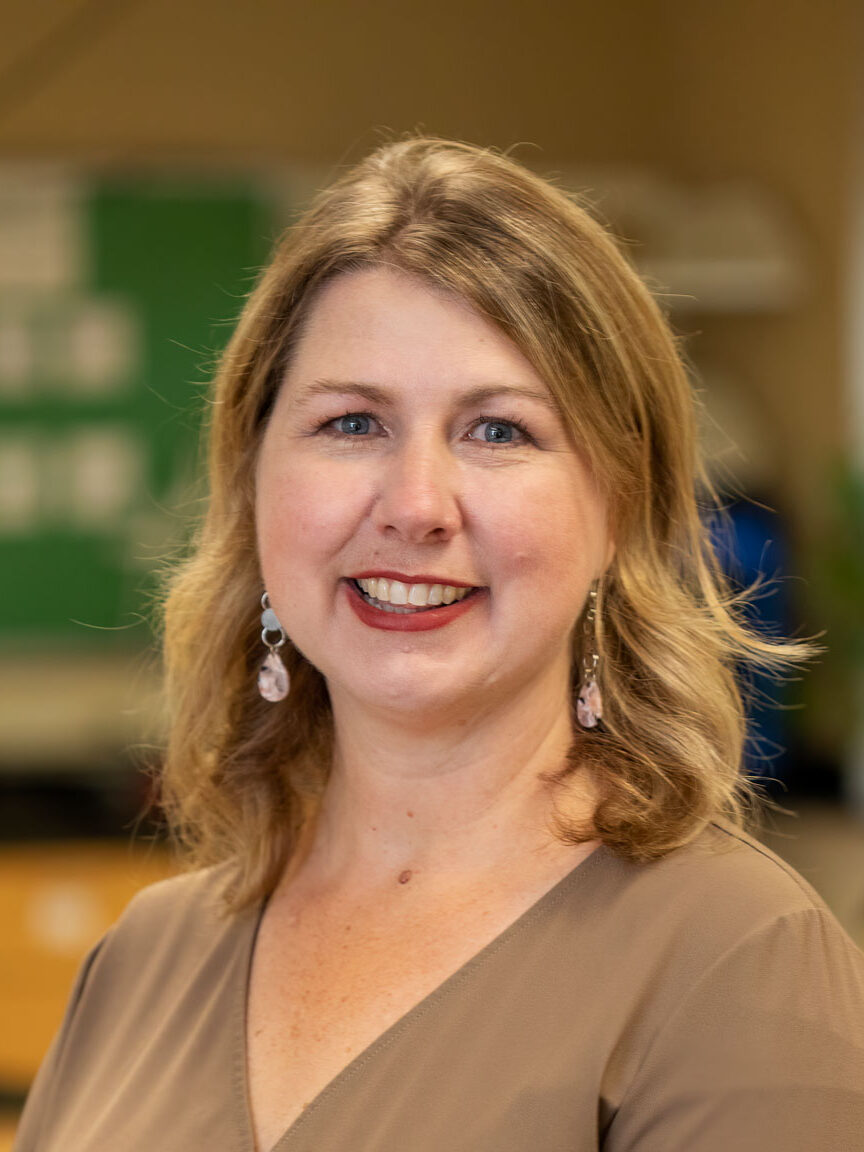A friend recently confided in me that she has a new passion—adult coloring books. At first, I looked at her and thought, “Really—how old ARE you?”
Turns out, adult coloring has been popular for a while. It’s said to calm the mind, reduce stress, and stir our imagination. So I gave it a try, and yes, coloring did all that for me. As I colored away, I realized something about myself. I always colored within the lines. That experience got me to thinking about our classrooms and how we as teachers have learned to stay within the lines.
Think about how the typical curriculum is organized. Math teachers teach math, English teachers teach English, and Science teachers teach science. But is this the best approach to instruction in today’s classroom? Could this age-old silo thinking be holding you and your students back?
If you’re thinking “yes,” there is something you can do right now to break out of this mind trap. It’s called cross-curricular PBL. I’m talking about an exciting, dynamic way to challenge your students to study complex, real-life issues and deepen their understanding of how different subjects connect to each other, all while meeting your standards.
Ditch the Silos
By now, chances are good you’ve at least tinkered with PBL in your classroom if not fully embraced it. How about taking PBL up a notch by reaching beyond the lines and using PBL across all content areas? Here are some great benefits to doing so:
- Deeper Learning: You can only go so deep in a one-hour science or math class. Cross-curricular PBL immerses students in deeper, more meaningful learning over a period of time. They’ll stop watching the clock and start looking forward to the next step in their PBL journey.
- Authenticity: Students engaged in cross-curricular PBL are doing work that is real to them and directly connected to their lives. These projects make students feel they are making a difference. The more of these kinds of projects, the better.
- Time Saved: What if you could engage students AND roll in standards from different subject areas all at the same time? Imagine how much more efficient your instruction would be. What would you do with all your extra time?
- Connected Knowledge: When content is taught one subject at a time, students may not see important connections between subjects and knowledge. Cross-curricular PBL breaks down the barriers and broadens a student’s perspective. And it’s a blast!
- Critical Thinking: By experiencing PBL across the curriculum, students get to think the problem through, work it out, and solve it, all while mastering academic content and the standards. A driving question, an audience, a purpose, complex problem-solving—it’s a formula for thinking success.
Take PBL Up a Notch
What’s stopping you from going cross-curricular?
First, pick an important, big topic that allows students multiple ways to address it. Let’s take, for example, a project that studies germs. A PBL project might challenge students to explore how to stop germs in their tracks. How might you work in other content areas? Students might complete research and watch a video to better understand germs (social studies, social-emotional learning), collect the results of an experiment and analyze data (math, science), and craft a PSA that creates an impactful announcement (English).
See how thinking cross-curricular might work? All of the standards call for divergent thinking, critical thinking, collaboration, and creativity. By teaching outside the lines, you can check off the standards and ensure children master academic content while building vital 21st century skills and engaging students in learning they’ll never forget.
Let us know how your step across the lines goes!
For more information:
View the 30-minute webinar on this topic entitled Teaching Across the Curriculum with Project-Based Learning (K–5).
Also, check out these downloadable resources within the webinar:
Prevent the Spread Project
Breaking Down Silos
Lend a Hand Project
Try your hand at adult creativity with a Blue Star Coloring Book today!


